It is perhaps, along with Wagner's Tetralogy, the most famous cycle in opera: between 1786 and 1790, Mozart and Da Ponte signed their famous Trilogy comprising three major operas, The Marriage of Figaro (1786), Don Giovanni (1787), and Così fan tutte (1790). In truth, in Mozart's vast output, these three works are perhaps the most accomplished, thanks to his librettist Lorenzo Da Ponte. The latter, a key figure in Vienna, not only brought Mozart success, but also librettos tailored for the composer's genius. For music is at its most beautiful, and the three works give the listener no rest, with a succession of situations, arias, duets and sumptuous ensembles.
Their common points are very powerful: three Italian operas, in the buffa style, three "drama giocoso", intended for the troupe of the Vienna Opera; each presents the action condensed in a single day, a guarantee of urgency and brilliance; the French influence is evident everywhere: Figaro inspired by Beaumarchais, Don Giovanni echoing the rebellious and flamboyant character illustrated by Molière, and Così in a style drawn from Marivaux and the French comic opera that was very popular in Vienna. Finally, it is the spirit of freedom that unites these three works and still speaks to us today, although in its time it was particularly daring. The heroes of the Trilogy are certainly libertines: in politics for Figaro who, like Beaumarchais, breaks social barriers and leads the game, in religion for Don Giovanni who defies God as "the great lord who has turned into an evil man" he is, and lastly in love all the time, especially in Così, whose four protagonists play a game that is as entertaining as it is imprudent....
Così fan tutte, or The School for Lovers, is the last joint opera buffa by Mozart and Da Ponte. Emperor Joseph II, who had enjoyed their Marriage of Figaro, commissioned a new work, inspired by a news item that had amused the whole of Vienna: in Trieste, two officers had swapped wives! The libretto and score were written in a month in December 1789, and the premiere took place at the end of January 1790, but the death of the Emperor interrupted the run after five performances. This Neapolitan-style comedy (the action is set in Naples!), but very much inspired by French comic opera, and in particular by Femmes Vengées composed by Philidor in 1775 to a libretto by Sedaine (which was performed in Vienna), where two women wanting to teach their husbands a lesson exchange their roles by cross-dressing... in order to seduce them and confuse them better! Twenty years later, Mozart and Da Ponte found exceptional inspiration for this comedy of manners in the spirit of Marivaux, where love, beauty and cruelty are subtly intertwined, until all hell breaks loose for some anthological moments!
The three operas of this famous Trilogy are presented here together over three days, in the order of their composition. The characters (and their interpreters) travel from one work to the next, as so many bonds of love and power run through these three emblematic operas, to the point of imagining that they could be three acts of an exceptional whole. In any case, this is the vision selected by Ivan Alexander and Marc Minkowski, in the flexible set of trestles and sails designed by Antoine Fontaine for the stage of the Drottningholm Historical Theatre and the Royal Opera of Versailles. The great challenge of this "complete" project is for the singers to have nearly 9 hours of music in their heads and in their voices, without being able to rehearse or rest between each evening... The ace team brought together for this project with the Musiciens du Louvre, will bring it to a climax! And the challenge for the spectator is obviously here, to see the three operas in three successive days, to be more than ever dazzled by an absolute concentrate of Mozart’s genius!
Original production : an Opéra Royal / Château de Versailles Spectacles, Drottningholms Slottsteater coproduction
Coproduction of the Trilogie : Opéra National de Bordeaux, Fundació del Gran Teatre del Liceu, Opéra Royal / Château de Versailles Spectacles


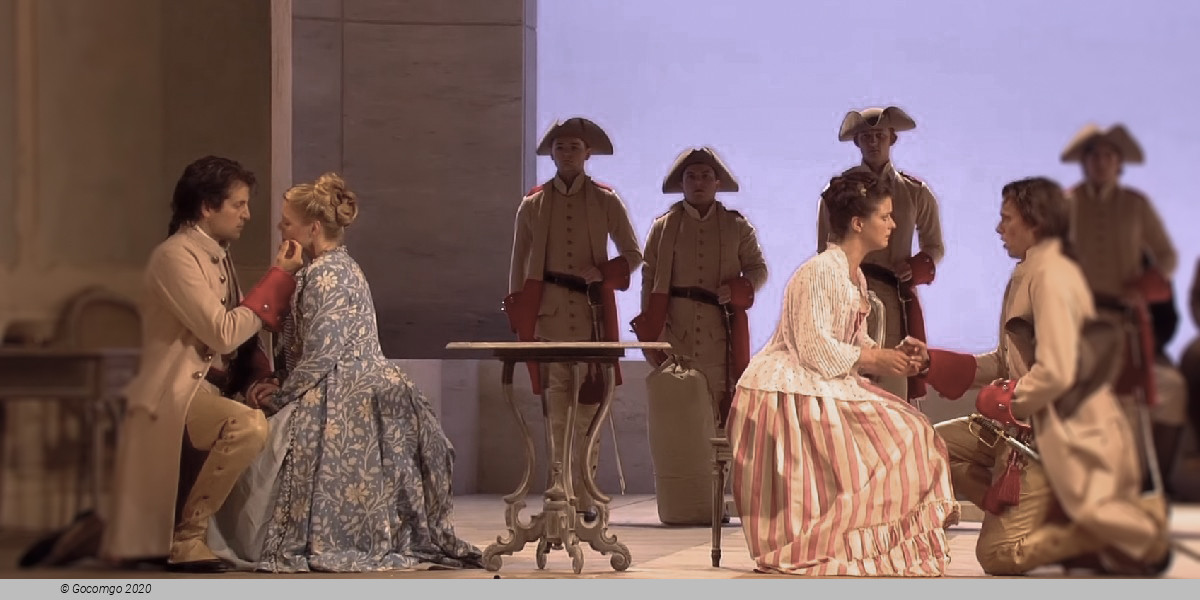
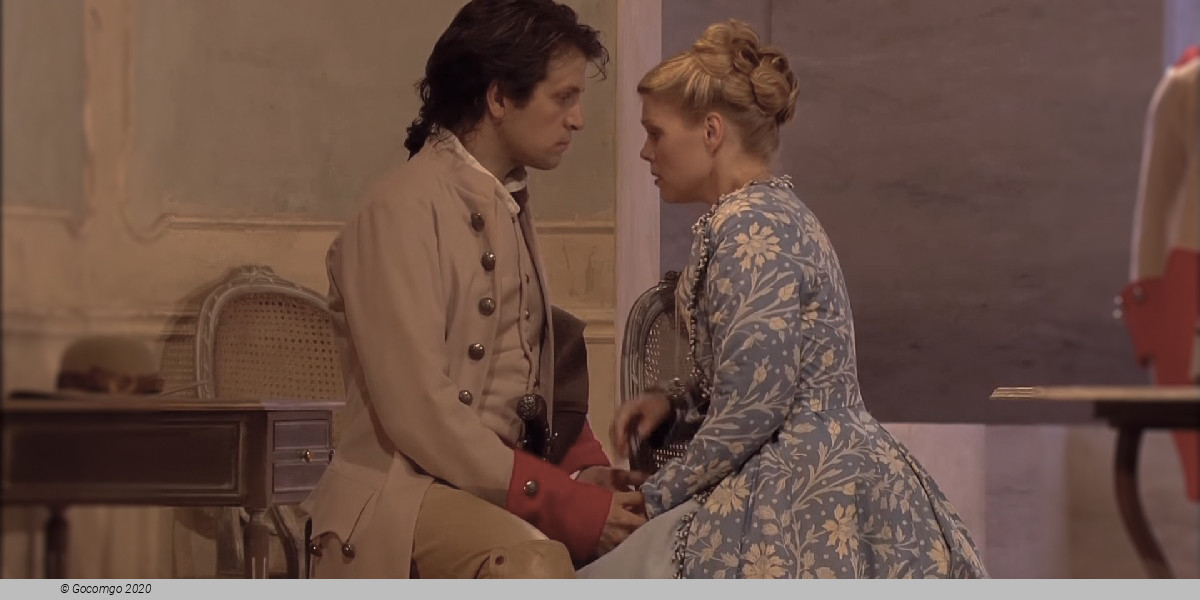
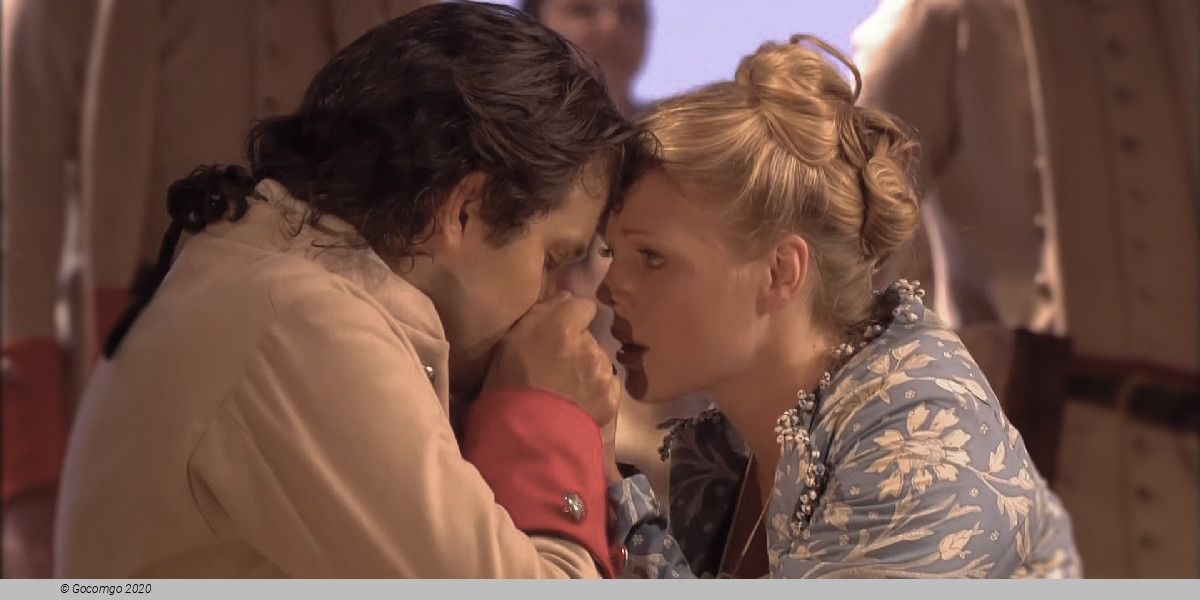
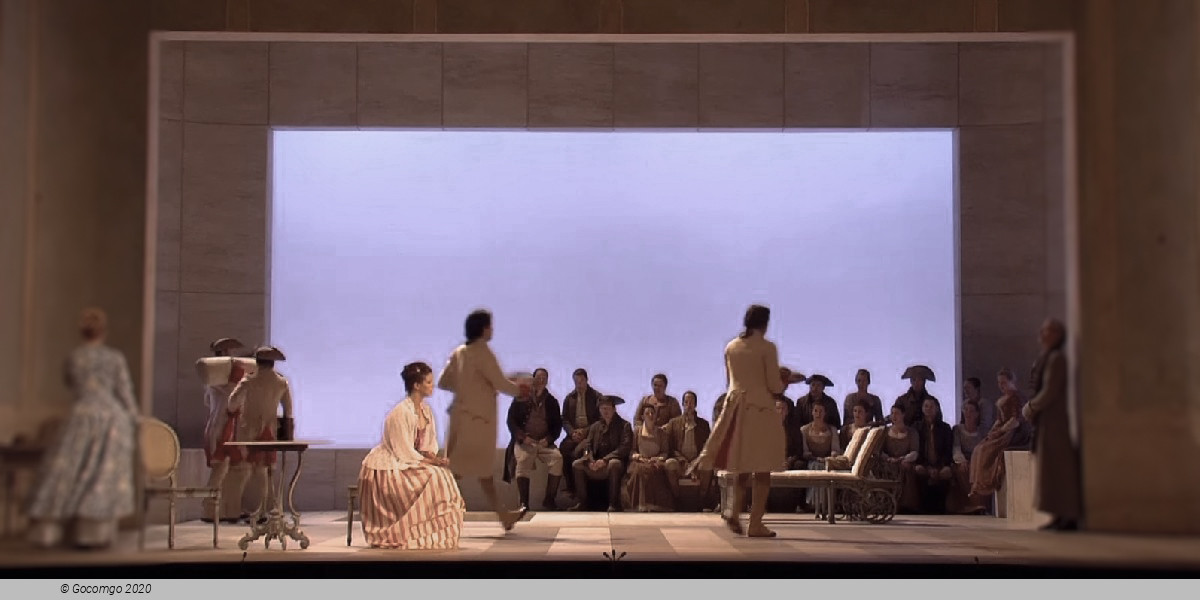
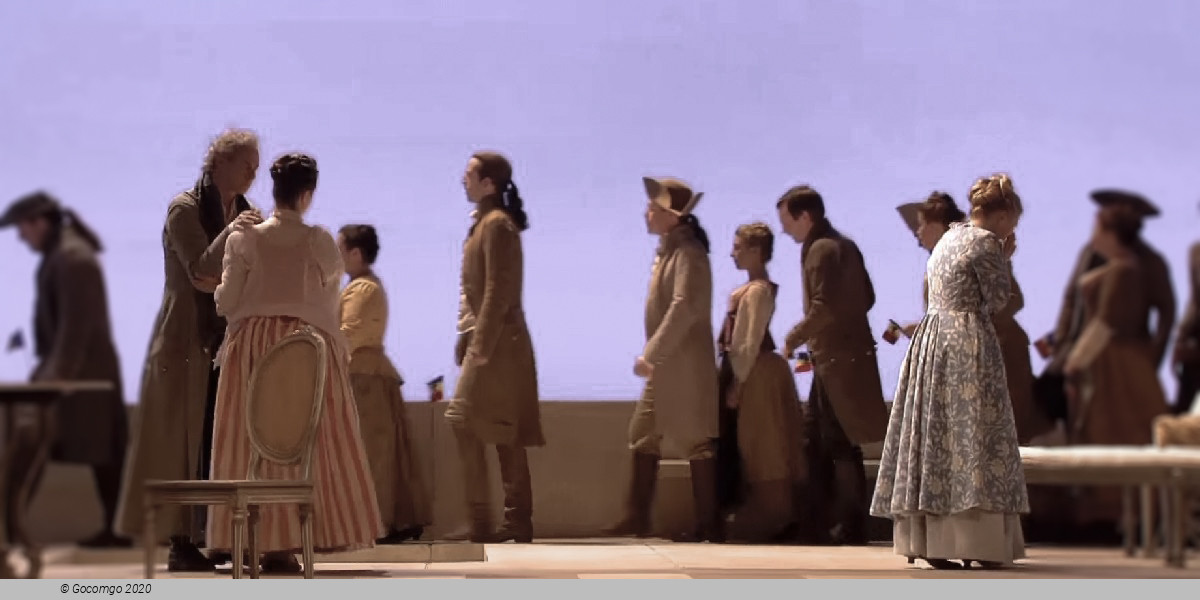
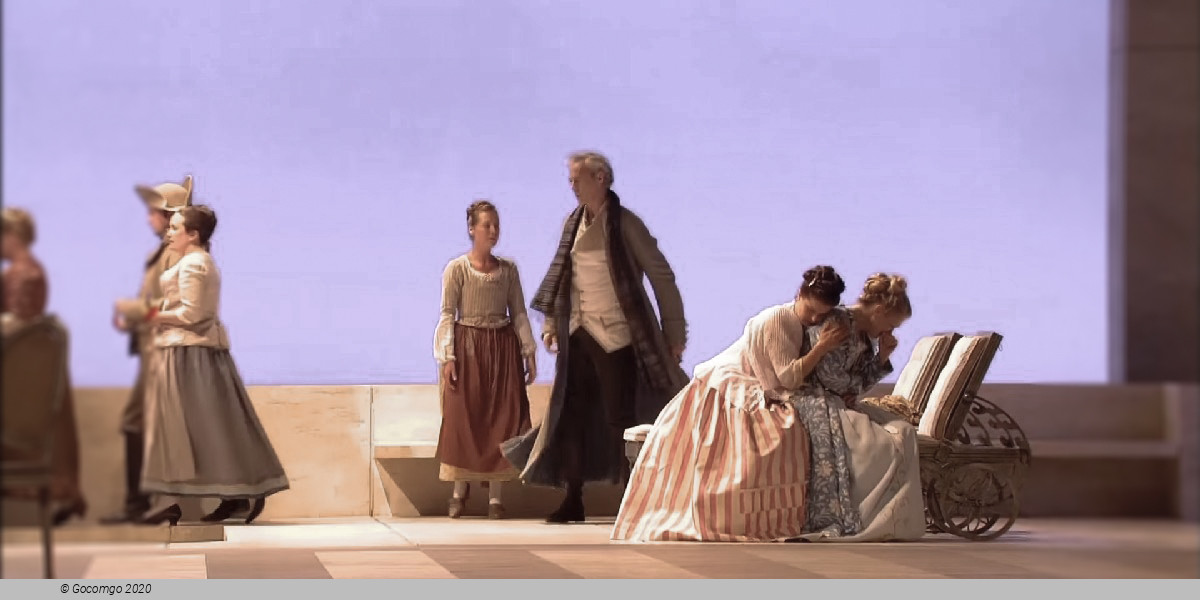
 3 Place Léon Gambetta, Versailles
3 Place Léon Gambetta, Versailles